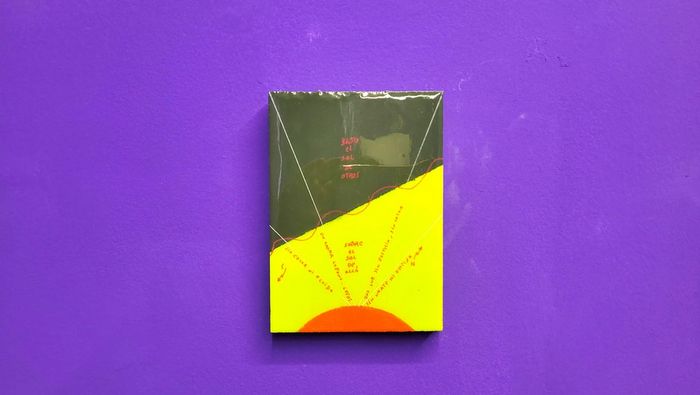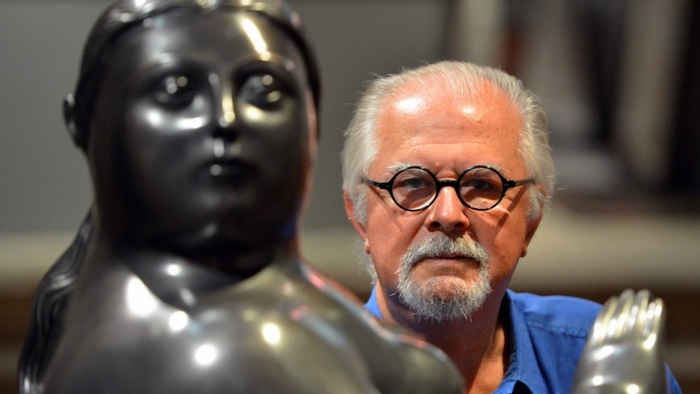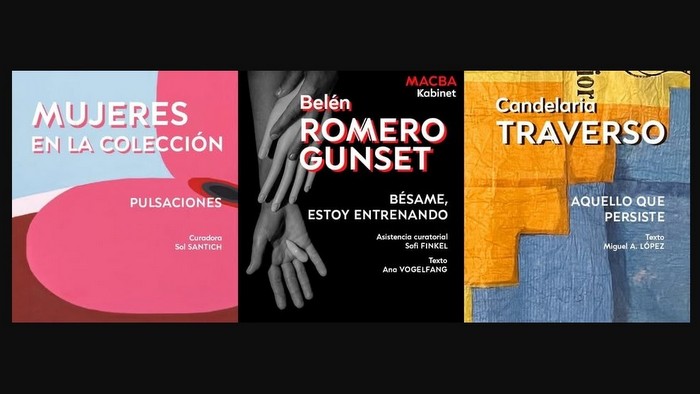A Challenge to Stability (Desafío a la estabilidad) was opened on March 27. Artistic processes in Mexico 1952-1967 at the MUAC (Mexico DF), an exhibition that proposes a broad, critic and academic review that questions the dynamics between State and arts in that period of time. The title refers to the period known in policy and economy as “stabilizing development”, when the government carried out significant architectural and institutional projects, while arts worked apart from the Mexican official image to lay emphasis on social questions and the uneven modernization. The innovative, interdisciplinary and critic practices of a considerable amount of artists gave birth to works related to different genres that revolutionized architecture, literature, movies, visual and stage arts. It includes the period between the post-revolutionary nationalism and the events that took place after 1968, when Mexico’s national identity got transformed, as well as the system of values, urban expansion and the positions on international influence.
The display tries to highlight the collaboration among arts, as well as the complexity of links in terms of the socio-political context and new cultural spaces. The curatorial team made up of Rita Eder, Angélica García, Pilar García, Cristóbal Andrés Jácome, Israel Rodríguez and Álvaro Vázquez Mantecón proposes a flexible chronological sequence around six cores: omissions, corporalities, imaginaries, modernizations, juxtapositions, and new circuits. The show reflects the influence of Manuel Álvarez Bravo, Inés Arredondo, Luis Barragán, Enrique Bostelmann, Felipe Ehrenberg, Helen Escobedo, Manuel Felguérez, Pedro Friedeberg, Carlos Fuentes, Gunther Gerzso, Alberto Gironella, Alejandro Jodorowsky, Margaret Randall, among many others. The complementary activities include a workshop on expanded scenography, course on Mexican comics, series of round tables and tours with curators or special guests. There is a diverse repertoire of artworks, discourses and activities on the processes that invite to debate and reconsider the narrations on art in Mexico.
Source: Exit Express
Publicaciones relacionadas



















